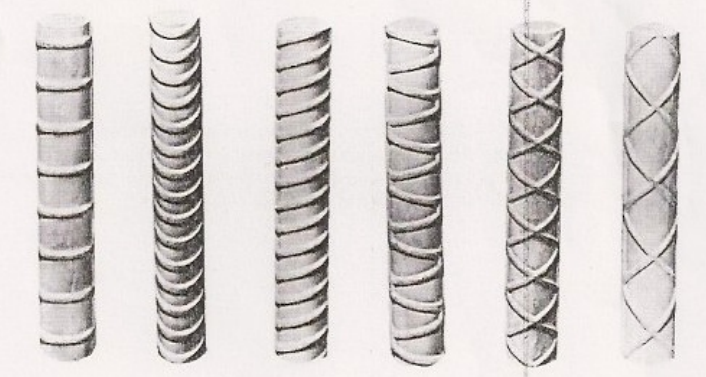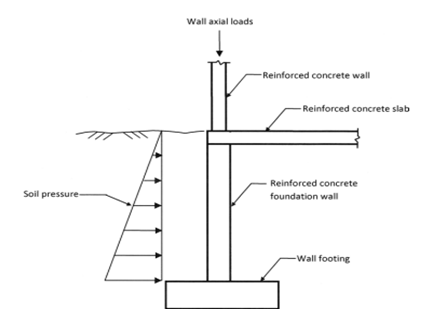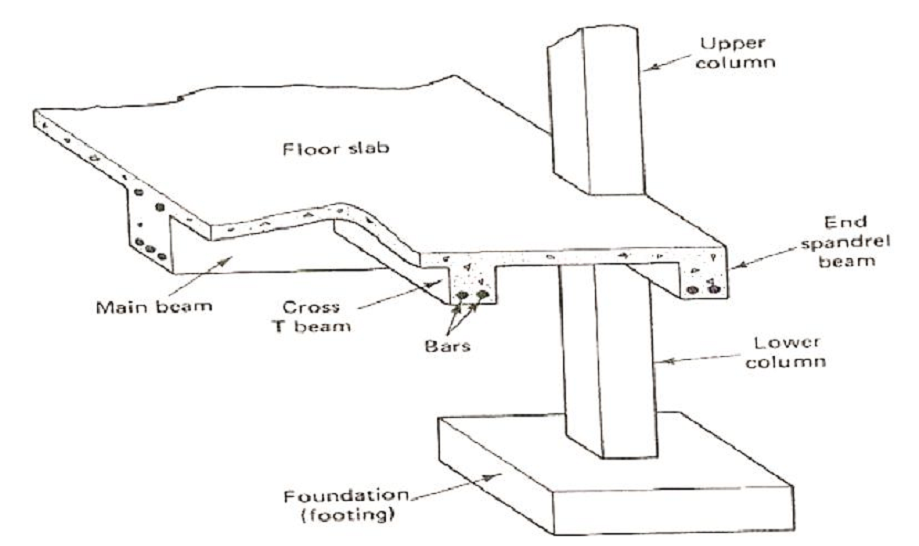How does the reinforced concrete become strong?
Among the most celebrated writers on material strength and construction integrity, readers find Edward G. Nawy’s “Reinforced Concrete A Fundamental Approach” as an invaluable reference. In this discourse, Dr Nawy’s perspectives on structural engineering provide resourceful insightful, with regard to material strength involving reinforced concrete.
The main content of this discourse covers various techniques that Dr Nawy recommends for concrete reinforcement. Overall, the paper attempts to provide answers to the question on how concrete treated with reinforcement gains strength from the involved procedures.
Ordinarily, concrete experiences tensile weakness and compression forces that make it necessary to introduce engineering techniques to improve its stability (Nawy 2009, p.75). The element of tensile weakness in concrete originates from weight and loads on the structure, which necessitates reinforcement in concrete structures to offer resistance against tension. Information on the compression zone in beams assists the introduction of reinforcement across beam sections.
Through the introduction of steel loads, structures acquire reinforcement through reduction of long-term deflections thereby vastly increasing structure efficiency. Ultimately, material qualities of the composite structure from concrete and steel reinforcement enable high resistance to tensile and compressive forces.
Types of Reinforcement Steel and Crucial Properties of Reinforcing Steel
The technique of concrete reinforcement employs various types of steel bars, certain types of strong wires and often the use of welded wire fabric to achieve the same results. Certain high ASTM construction standards and guidelines given to manufacturers ensure that the reinforcement material achieves the desired results. Some of the attributes observed in these materials include the following.
- Desired diameter and size for various bar types and wires
- Steel grade designation
- Ultimate strength, fu
- Yield strength, fy
- Young’s modulus, Es
As illustrated in Figure 1 below, various modifications referred to as surface deformations enhance the surfaces of the bars for purposes of bonding between reinforcement material and concrete. Nawy (2009, p.76) reckons that the modification must attain such deformations as needed to comply with the requirements laid down in ASTM regulations.

Fig 1: Different types of reinforcement bars deformed to achieve ASTM approval
How to Space and Cover the Steel Bars with Concrete
In terms of covering the steel used for reinforcements, Nawy (2009, p.71) recommends that the concrete mixture must completely provide cover to the steel bars. Full covering facilitates protection of the bars from factors of corrosion that aggravate weaknesses in the structure, for instance in cases of fires.
Nawy’s observation originates from the ACI Code. Regulation number 318 requires a thin layer of concrete cover over all the reinforcement steel bars to prevent corrosion from exposure. To achieve such results, the concrete mix must penetrate evenly and thoroughly through spaces around the steel bars.
Key Elements of Reinforced Concrete
As earlier stated, concrete alone cannot withstand all the tension stresses when subjected to heavy loads. As such, steel or RFP are some of the most commonly used concrete reinforcement materials to increase the strength of the structure and the ability to resist tension.
The main components of a reinforced concrete include the floor slabs, columns, beams, foundations, and walls (Nawy 2009, p.79). Most buildings we see consist of all these elements. The figures below show typical concrete reinforcement members.


Fig 2: Diagrammatic representation of key elements in reinforced concrete
Explanation: Various Elements of Reinforced Concrete
All the structural elements of a reinforced concrete are designed to achieve a given architectural and engineering functions. The effectiveness of a system, however, depends on how well it meets most user requirements in terms of cost, beauty and service. Below are members of a concrete structure.
Floor slabs
A floor slab forms the main horizontal elements of a concrete enforcement. Floor slabs play a vital role in transmitting loads to the vertical frames of a building structure. There are two types of floor slabs, namely, one-way and two-way ones. One-way reinforced concrete floor is the one, which has flexural reinforcement, moving in one direction. Two-way reinforce concrete floor, on the other hand, transfers load in two perpendicular directions.
Column
A column is another essential element of a structure that supports the axial loads. In this regard, it assists in resisting axial and bending loads. In addition, it transfers load to the foundation of the building. Most columns have vertical orientation.
Beams
Beams, just like columns, play a vital role in a building. Beams assist in transferring tributary loads from floor slaps to the columns. Beams are commonly reinforced on the lower surface where tension is greatest. However, reinforcement may also be applied both, at the top and bottom surface.
Wall
A wall is one of the elements of an enforced concrete, which is usually vertical. It plays an important role of separating spaces in a structure. Unlike other members, any material can effectively make a wall as long as it conforms to the form and functional needs. Walls also help in resisting the stress caused by horizontal winds, and other influences induced by earthquakes.
Foundation
Foundation is one of the most salient elements of a building. Therefore, it needs a thorough reinforcement to ensure the achievement of the desirable strength that is capable of holding the entire structure. Foundations are of two types namely shallow foundations, which consist of mats and footings (Nawy 2009, p.80). The other is the deep foundations, which consist of drilled piers and piles.
References
Nawy, E. G 2009, Reinforced concrete: a fundamental approach. Prentice Hall, Upper Saddle River, NJ.